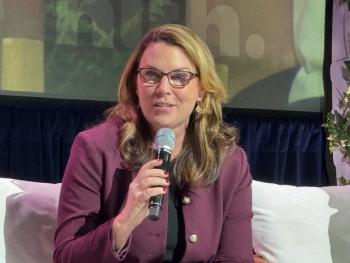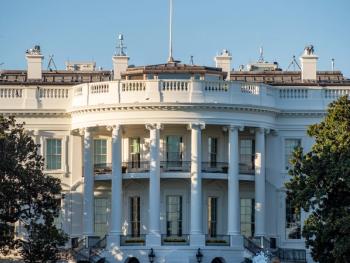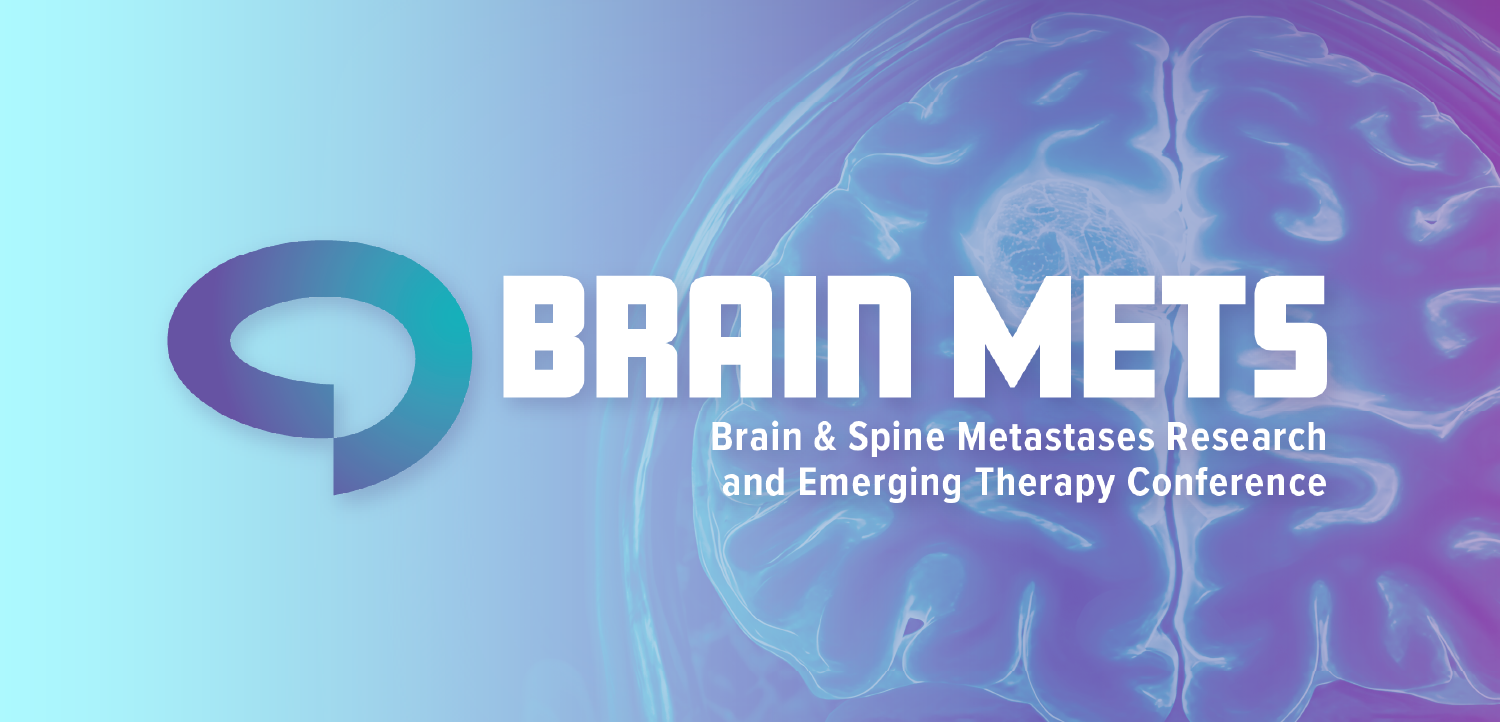
Beyond engagement: How behavioral science and nudging improve health outcomes | Viewpoint
Rooted in decades of research, behavioral science offers tested methods to enhance patient outreach and sustain engagement.
“What’s the best message to get patients to see their doctor?”
If I had a nickel for every time someone has asked me a variant of this question, my next Starbucks trip would be funded. Unfortunately for everyone who’s asked me, my answer is always the same: There isn’t one.
Behavioral scientists have a few core tenets driving our work: People are different, they change over time, and their contexts matter. As a result, the way that we can influence any one person’s behavior varies across people, but also for the same person over time and in different settings.
Providers, payers, and retail health companies all feel the struggle of trying to drive individual behavior change without being able to tap into the causes of inaction.
It’s no mystery that individual behaviors—or lack thereof—are tied to poor outcomes. For example, medication adherence hovers around just 50% across the
Fortunately, we have a scientific toolkit at our disposal to nudge patients to better health outcomes. Behavioral science, rooted in decades of research, offers tested methods to enhance outreach and sustain engagement.
The limitations of traditional outreach
Healthcare organizations spend significant money on outreach to engage their populations through mailings, email, text messages, and portals. This traditional outreach has serious limitations when it comes to behavior change.
First, communications are often episodic and focused on discrete functions or behaviors, such as breast cancer screenings in October.
Second, these communications may reflect organizational silos rather than the holistic way people experience their health; this is reflected in research indicating that only 6% of plan leaders say their engagement platforms support a superior holistic view.
Third, communications range from
Finally, traditional outreach rarely seeks to address the reasons why people may not be taking action and may focus on what they should do rather than why or how.
The case for behavioral nudging
Behavioral nudges, or subtle alterations of the choice architecture that influence likelihood to behave a particular way, can be powerful catalysts of enduring change.
While classic nudges are rooted in changing episodic behaviors such as scheduling a doctor’s appointment or prescribing a generic medication over a name brand, they can be designed to deliver more potent behavioral science ingredients that extend their impact over time.
For example, sophisticated behavioral nudges incorporate behavior change techniques, from a variety of proven psychological approaches that help tap into people’s motivations. By connecting what patients value to their immediate health behaviors, we can create more interest in developing healthier routines.
People tend to sustain behaviors that serve their personal goals and values; if those behaviors also serve improved population health and reduced costs, we create a win-win-win.
Well-designed behavioral nudges can also activate patients beyond their immediate target. By incorporating content that uses behavior change techniques to address barriers that may affect multiple healthcare behaviors, such as a lack of a trusted provider relationship or misunderstanding the purpose of recommended care, a nudge for one behavior may have carry-over effects that benefit others.
Helping patients be successful on their first steps to better health also builds self-efficacy, the belief in one’s own ability to take action.
The power of personalization
While segmentation is a more advanced mode of patient
Personalization spans more than just the content of communications, but also modalities used, when communications are sent and how frequently, and even whether a communication is sent at all based on the recipient’s likelihood to engage. Personalization also enables outreach to span multiple behaviors or needs rather than being limited to a single silo or department. Perhaps most importantly, personalization facilitates behavioral nudging and its benefits.
Specifically, by taking account of data that indicates why people may not be engaged with healthcare organizations, personalization technologies allow outreach that addresses root causes rather than symptoms. Systems that use artificial intelligence capabilities are capable of detecting data patterns that signal temporal, contextual, or demographic influences on people’s actions and then derive appropriate communications content and strategy from that knowledge.
These technologies can also account for change over time and across contexts, such as when a disengaged patient has finally resumed care and is ready for a next step. By leveraging complex and dynamic data to communicate with people about their health at an N of 1, completely individualized level, personalization technologies can transform information to action.
The evidence Is out there
We’re beyond theory. Scientific research has shown the many ways in which personalization can help patients see health information as
In the real world, behavioral nudges are delivering measurable improvements in patient engagement, health outcomes, and financial performance. And with the rapid improvements in AI and other technologies, personalization is more accessible and scalable than ever.
For healthcare leaders, the path forward is clear: It's time to evolve from information delivery to behavior orchestration. By embracing personalization and behavioral science, health systems can drive the sustained engagement required for better health and a more sustainable future.
About the author: Amy Bucher, Ph.D. is chief behavioral officer at Lirio, Inc.








































